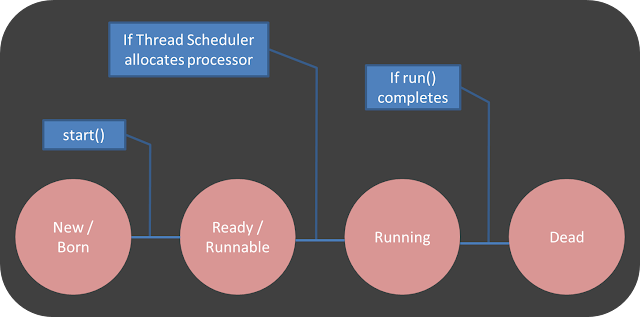Serialization in Java

Overview Serialization is the process of converting an object into a byte stream. This byte stream can be saved as a file (.ser) or sent over a network. The file is platform independent. Deserialization is the process of converting byte stream back into an object. Do's and Dont's If you don't want to serialize a property or method then you should declare it as transient or static. If have Serialized a parent class then you don't have Serialize a child class. It's vice-versa is not true. Reference https://www.geeksforgeeks.org/serialization-in-java/


